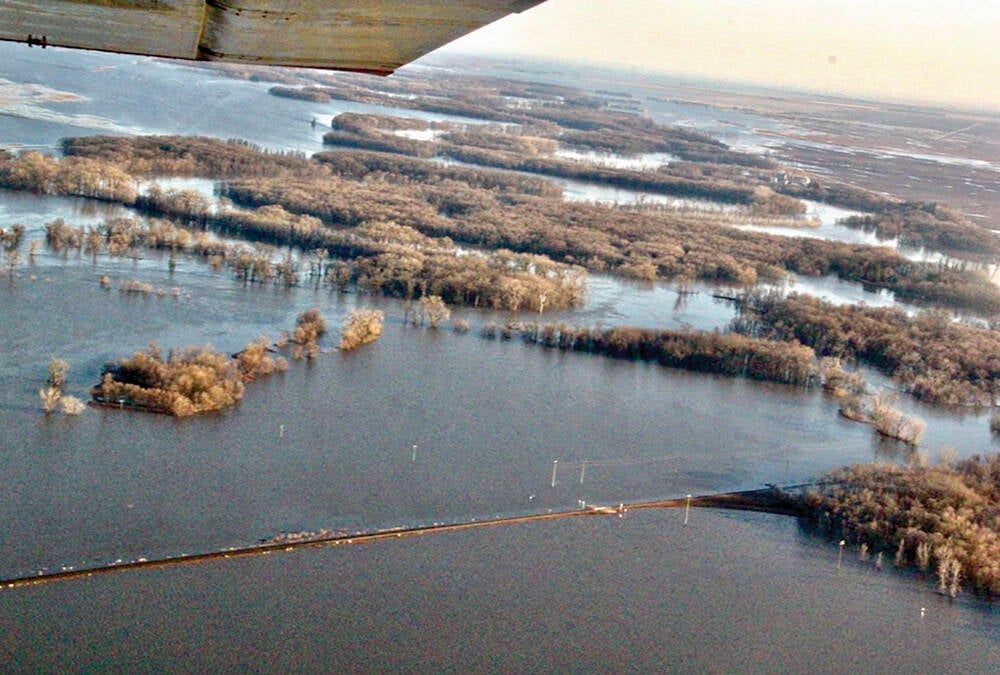The date of seeding is an important factor in successful forage
establishment, says Michel Tremblay, a forage specialist with
Saskatchewan Agriculture.
“Early-spring seeding results in the greatest establishment success,
but seeding late in the fall is a common practice because of several
advantages: optimal use of spring soil moisture, reduction of spring
work load, avoidance of problems with areas prone to spring flooding,
and salinity levels that are lower in salty soils in early spring,” he
Read Also

Rural Manitoba resources slim on natural disaster planning
A study from Brandon University’s Rural Development Institute has found that many rural and small municipalities don’t have the staff or resources to make formal climate plans against natural disaster.
said.
Late-fall seeding is called “dormant seeding,” and is done just before
freeze-up to prevent germination until the soil warms the following
spring.
Tremblay said some seed dies during the winter, so seeding rates should
be increased by 20 percent, especially when planting alfalfa. Some
species, such as forage legumes and reed canarygrass, may need higher
seeding rate adjustments.
A Saskatchewan Forage Council trial compared the emergence of fall- and
spring-seeded forage species commonly planted in Saskatchewan.
While all species had reduced emergence with fall seeding, the
difference between some species was extreme.
For example, legume emergence was 5.8 percent with fall seeding and
31.2 percent with spring seeding, while reed canarygrass emergence was
7.1 percent with fall seeding and 35.9 percent with spring seeding.
The same trial showed considerable variation in emergence among wheat
grasses, with the emergence of native streambank wheatgrass being
slightly enhanced when planted in the fall.
Cultivar differences occurred in the wheatgrass trials, but were not
significant.
Tremblay said sweet clover should not be fall-seeded because the seed
is scarified to improve germination. This allows the seed to take up
water readily and results in unacceptably high seed mortality during
the winter.
The best time to fall-seed forages on much of the Prairies is usually
late October, when night temperatures are consistently several degrees
below zero.
Perennial and winter annual weeds should be controlled earlier in the
fall, before planting, with 2,4-D or glyphosate.
Conditions that can lead to soil crusting and subsequent reduction of
seedling emergence should be avoided, such as fine seedbeds, low trash
cover and certain soil types.














